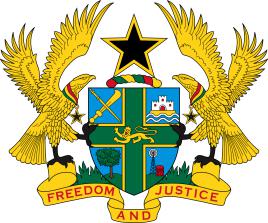

Ghana is a country in western Africa, it is located in the west of Africa and on the North Bank of the Gulf of Guinea, bordering on Cote d'Ivoire in the west, Burkina Faso in the north, Togo in the East and the Atlantic Ocean in the south, its coastline is about 562km. The terrain is long from north to South and narrow from east to west. Most of the territory is plain, with Akvapim mountains in the East, Kwahu Plateau in the south, and Gambaga Scarp in the north. The highest peak of Mount Jabobo is 876 meters above sea level.
Among the West African countries, Ghana has a relatively developed economy. It is mainly agriculture. The three traditional export products of gold, cocoa and timber are the pillars of Canada's economy. Since the implementation of the economic structure adjustment plan in 1983, the government has taken the eradication of inflation, the development of agriculture and the encouragement of investment as the three major work priorities, and the economy has maintained sustained growth. Known as the "model" of economic restructuring in African countries, the title of least developed country abolished by the United Nations in 1994.
In the late 1990s, due to the impact of external factors such as the fall of gold and cocoa prices in the international market, Ghana 's economy was in deep trouble, the fiscal deficit increased sharply, and the currency CEDI depreciated sharply. Joined the "Heavily Indebted Poor Countries Initiative" in 2002. In 2004, it was confirmed by the International Monetary Fund to reach the economic completion point of the heavily indebted poor countries, and began to receive substantial debt reduction from western countries.
In 2007, oil resources were discovered, and the proven reserves were about 1.2 billion barrels, commercial exploitation was realized by the end of 2010. According to the world bank standard, Ghana has entered the ranks of low middle-income countries from low-income countries since 2010.
